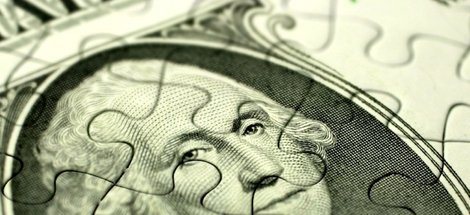Grocery prices rise 13% in September from year-ago
by October 13, 2022 5:27 pm 819 views

The Consumer Price Index for all consumers rose 0.4% in September from August and all prices were up 8.2% year-over-year, according to U.S. Bureau for Labor Statistics released Thursday (Oct. 13.) Inflation slightly exceeded expectations of 8.1% annually.
The report showed all six major grocery store food groups saw higher prices with cereals and bakery products costing 16.2% more than a year ago. Dairy and related products cost 15.9% and the remaining grocery store food groups posted increases ranging from 9% on meats, fish and eggs to 15.7% for other food products, BLS reported. Restaurant food costs rose 13% year-over-year which was also pushed higher by expanding free lunch programs at many schools, BLS said.
Mark Zandi, chief economist at Moody’s Analytics, expects inflation pressures to moderate in the next six months. He said consumer inflation should moderate from 8% to 4% in the next six months, but it will take much longer to get to the Fed’s targeted 2% to 2.5%.
“Job growth is starting to throttle back. And then, the next step is to get wage growth moving south, and I think that’s likely by early next year,” he noted. “That’s critical to getting broader service price inflation moderating and getting inflation back to target,” Zandi said, adding that rising oil prices would likely throw a wrench in his recovery projections.
While consumer spending remains robust, households are cutting back on certain purchases and adjusting behaviors to stretch their budgets amid the ongoing inflation.
Kathy Whitfill, a retired teacher in the Oklahoma City metro, said she is doing far more planning ahead of anything she purchases.
“Not just food and fuel but I just reevaluated my car/home insurance which also is increasing as well because of higher replacement costs,” Whitfill said.
Core inflation, which does not include fuel and food, was up 0.6% from last month and 6.6% year over year which is the highest annual gain since August 1982. Core inflation was fueled in part by rising housing and shelter costs which make up almost one-third of the CPI. Shelter costs were up 6.6% from a year ago, while housing prices are starting to recede from highs reached this summer.
Transportation costs also jumped 14.6% from a year ago, and medical care costs increased 6.5% from a year ago. Gasoline prices declined in September, but have since increased. It cost consumers 18.2% more for the gasoline purchased in September compared to a year ago. AAA reports gasoline prices have increased an average of 20 cents per gallon in October which is likely a precursor for higher index numbers reported next month.
Utility costs were up 0.4% for electricity and 2.9% for gas compared to the prior month and up 15.5% and 33.1%, respectively, year over year.
Not all prices increased from the prior month. Used car prices decreased 1.1% from August but were still 7.2% higher than a year ago. New car prices are up 0.7% from August and 9.4% more expensive than a year ago.
To complicate household budgets BLS reported the average hourly earnings declined 0.1% from the prior month and they are down 3% year-over-year on an inflated basis.
A report from Adobe found online prices decreased 0.2% year-over-year and rose 0.8% month-over-month in September. Adobe reported the electronics prices online fell 11.3% from a year ago. Adobe found food purchased online remains more expensive year-over-year rising 14.3% in September. Prices for pet products also remain elevated, rising 11.8% year over year.
